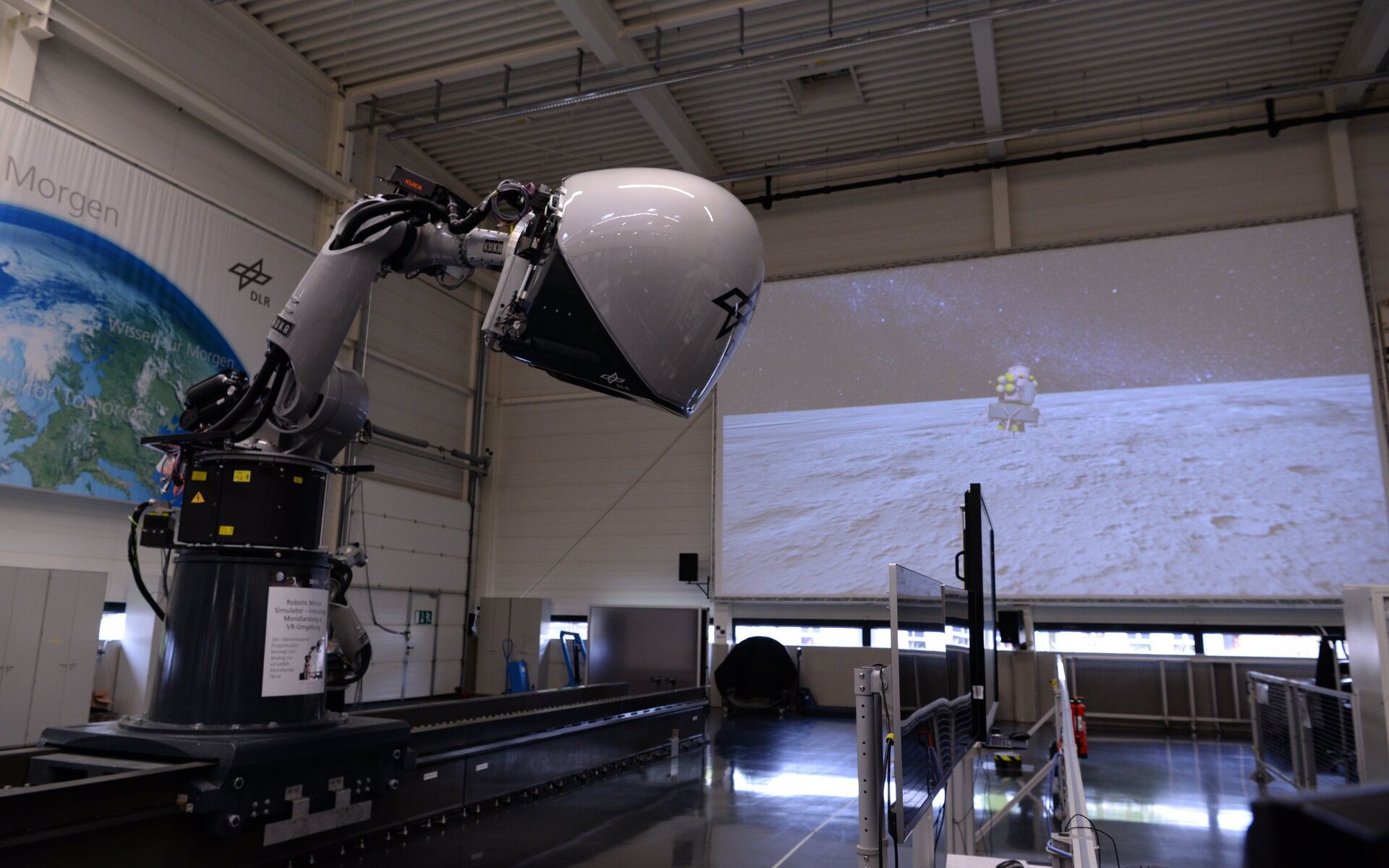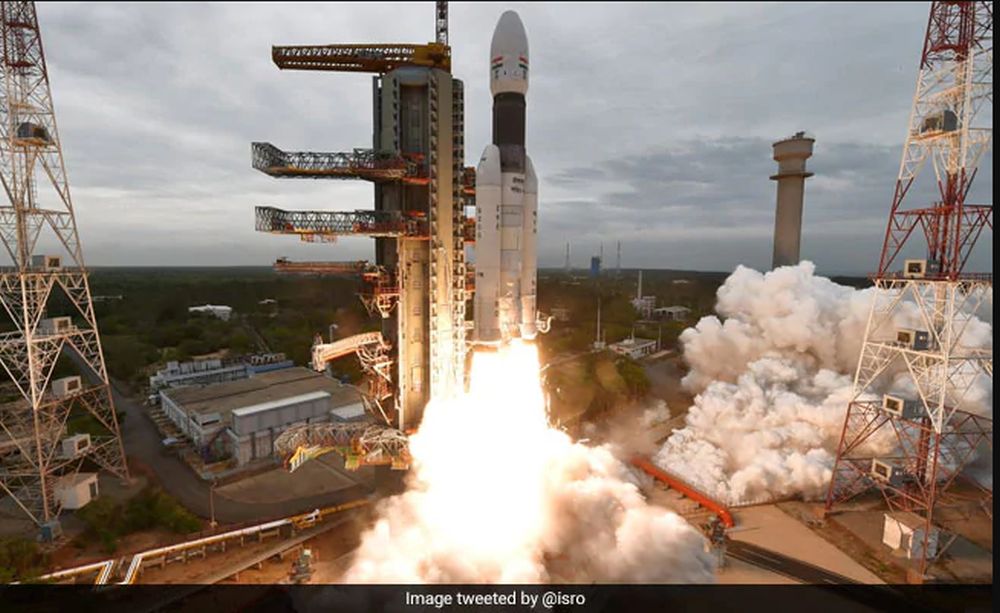The European Space Agency (ESA) is learning how to touch down safely at the South Pole of the Moon, without ever leaving Earth. Actual Moon landings seem to be on the horizon in the next decade via the Artemis program, and astronauts are going to have to learn to handle the unique challenges of landing in the Moon’s polar environment. With low angle sunlight and deep, permanently shadowed craters, the Moon’s South Pole poses difficulties no Apollo mission ever faced. To get hands-on experience with this environment without risking human life, ESA is putting astronauts through their paces on high-tech simulators.
Continue reading “Astronauts are Practicing Landing at the Moon's South Pole”Artemis Missions Should Bring Ice Home From the Moon Too

During the Apollo Era, astronauts conducted vital science operations on the Moon, which included bringing samples of lunar rocks back to Earth for study. Thanks to the examination of these rocks, scientists were able to learn a great deal about the formation and evolution of the Moon and even found evidence of lunar water. In the coming years, when NASA sends astronauts back as part of Project Artemis, more samples will be returned.
Recently, NASA put out the call for science white papers to help them design a framework for the kind of science operations the Artemis astronauts will conduct. According to one proposal, the Artemis astronauts should not only bring back samples of lunar regolith or rocks but lunar ice as well. By examining them here on Earth, scientists may finally be able to resolve the mystery of where the Moon’s water came from.
Continue reading “Artemis Missions Should Bring Ice Home From the Moon Too”Why Is The Moon’s South Pole So Important? It’s All About Water

As NASA prepares to return to the Moon by 2024 as part of its Artemis program, the agency is focusing its efforts on exploring the Moon’s polar regions. These are areas of the Moon which seem to have a lot of water mixed in with the regolith.
Continue reading “Why Is The Moon’s South Pole So Important? It’s All About Water”India’s Chandrayaan-2 is Heading to the Moon
ISRO (Indian Space Research Organization) has successfully launched their Chandrayaan-2 mission to the Moon. The mission, which includes an orbiter, a lander, and a rover, was launched into space on a GSLV Mk III rocket on July 22nd, after a week-long delay. On September 7th it will perform a soft-landing on the Moon.
Continue reading “India’s Chandrayaan-2 is Heading to the Moon”

